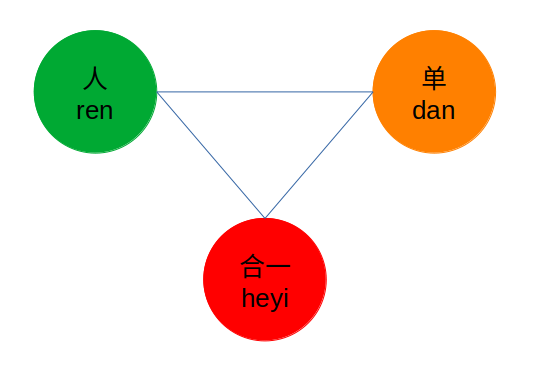In 2019, I wondered about the limitations of the current business organization.
Why do only 20% of employees feel engaged in their work? Are we all condemned to create a startup or to become self-entrepreneurs to make our work meaningful again?
During my research, I discovered the Corporate Rebels website, which was a real revelation. Two young Dutch people put into words what I had been feeling for several years already. Their motto: it is urgent to radically change the management of companies.
They identified 8 priority areas for transformation:
- from “profit” to “purpose and values”
- from “hierarchical pyramid” to a “network of teams”
- from “direct leadership” to “supportive leadership“
- from “plan and predict” to “experiment and adapt”
- from “rules and control” to “freedom and trust”
- from “centralized authority” to “distributed decision making”
- from “secrecy” to “radical transparency “
- from “job descriptions” to “talent and mastery”
After less than three years of experience as employees, Joost Minnaar and Pim de Morree found the words to describe how the current functioning of companies was light years away from employees’ expectations.
Just as if the management theories of Fayol and Taylor used to make Ford T’s in the 1920s were virtually the same as those applied to develop the products and services of the 21ᵉ century. As if the unskilled worker of the last century resembled today’s students who have spent more than 20 years training and preparing for the corporate world through multiple internships.
Despite the phenomenal digitalization of our work environment, management principles have remained surprisingly similar:
- Division of labour
- Specialization of employees
- Work control through a follow-up between the estimated workload, the consumed workload and the remainder to be done
- Depending on your level in the hierarchy, you have the privilege to think about tomorrow’s strategy, or you have to be satisfied with carrying out the tasks assigned to you.
Despite this observation, which remains predominant, we must also recognize attempts at reform. In IT, agile methods have appeared over the past 20 years, which postulate that transparency, individual autonomy and regular interactions allow us to respond to customer needs much better than a V cycle. But despite this undeniable contribution, we can notice that this agility is still largely limited to IT. Agility is still less well known in management committees…
Based on this observation, Corporate Rebels decided to visit the pioneer companies that they considered the most innovative in terms of management. This is how they discovered Haier, a Chinese household appliance company. Against all odds, while the business of this company seems to be very little innovative, they found principles based on human beings and a culture of change of exceptional relevance and radicalness.
In 2005, the philosophy that has guided Haier for 30 years was synthesized under the Chinese term “RenDanHeYi” (which is roughly pronounced “JeunDanReYi”), which has already gained considerable recognition in the English-speaking world. If the fundamental principles of this method seem simple enough (alignment between the production of the employee/contractor and the user/customer experience), in order to really understand it we really must analyze it in the light of the history of Haier’s transformations and the contributions of its emblematic CEO, Zhang Ruimin.

Educated in management at IAE in Paris (Sorbonne Business School), Youssouf Chotia spent ten years in management and organization consulting, notably at Devoteam and Weave. After these experiences, he continued his career by joining Thalès in the space sector.
He remains convinced that the search for profit is compatible with individual and collective fulfillment, as long as one is interested in managerial innovations.

